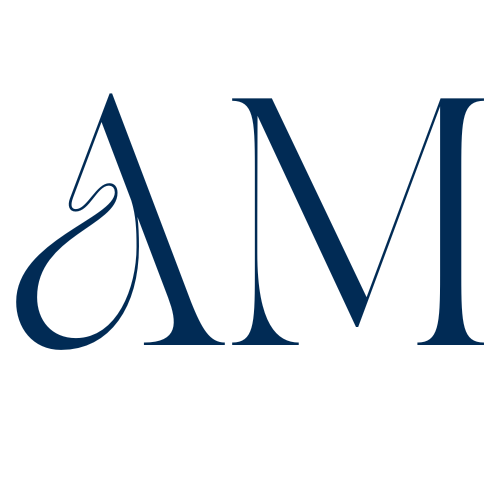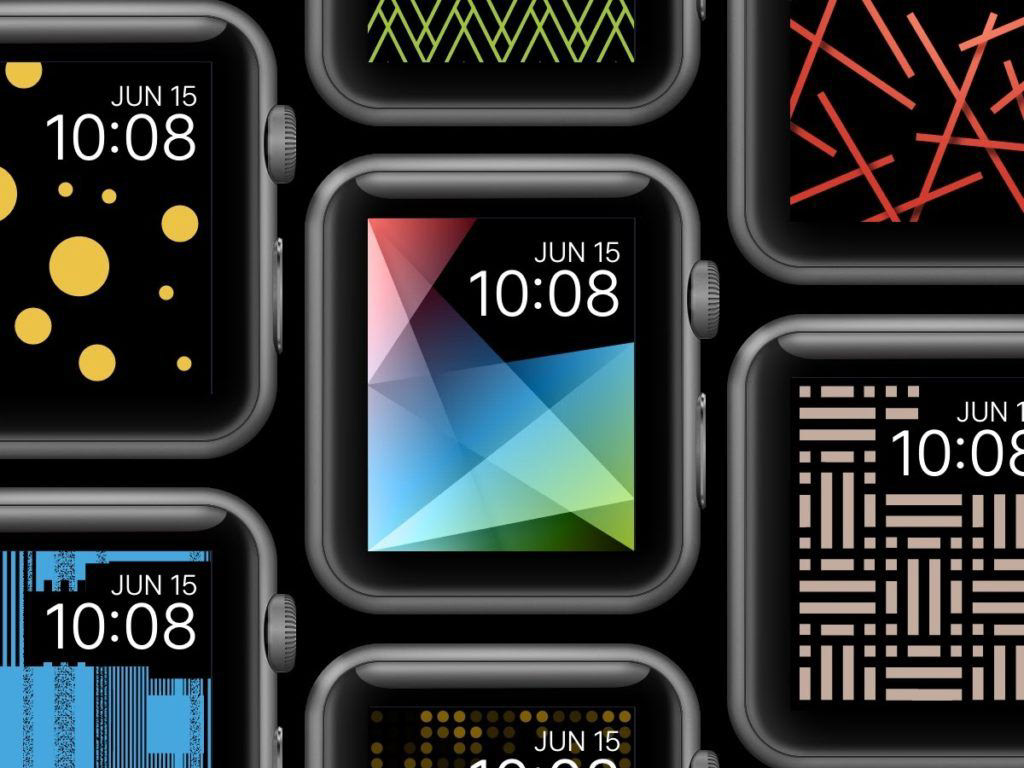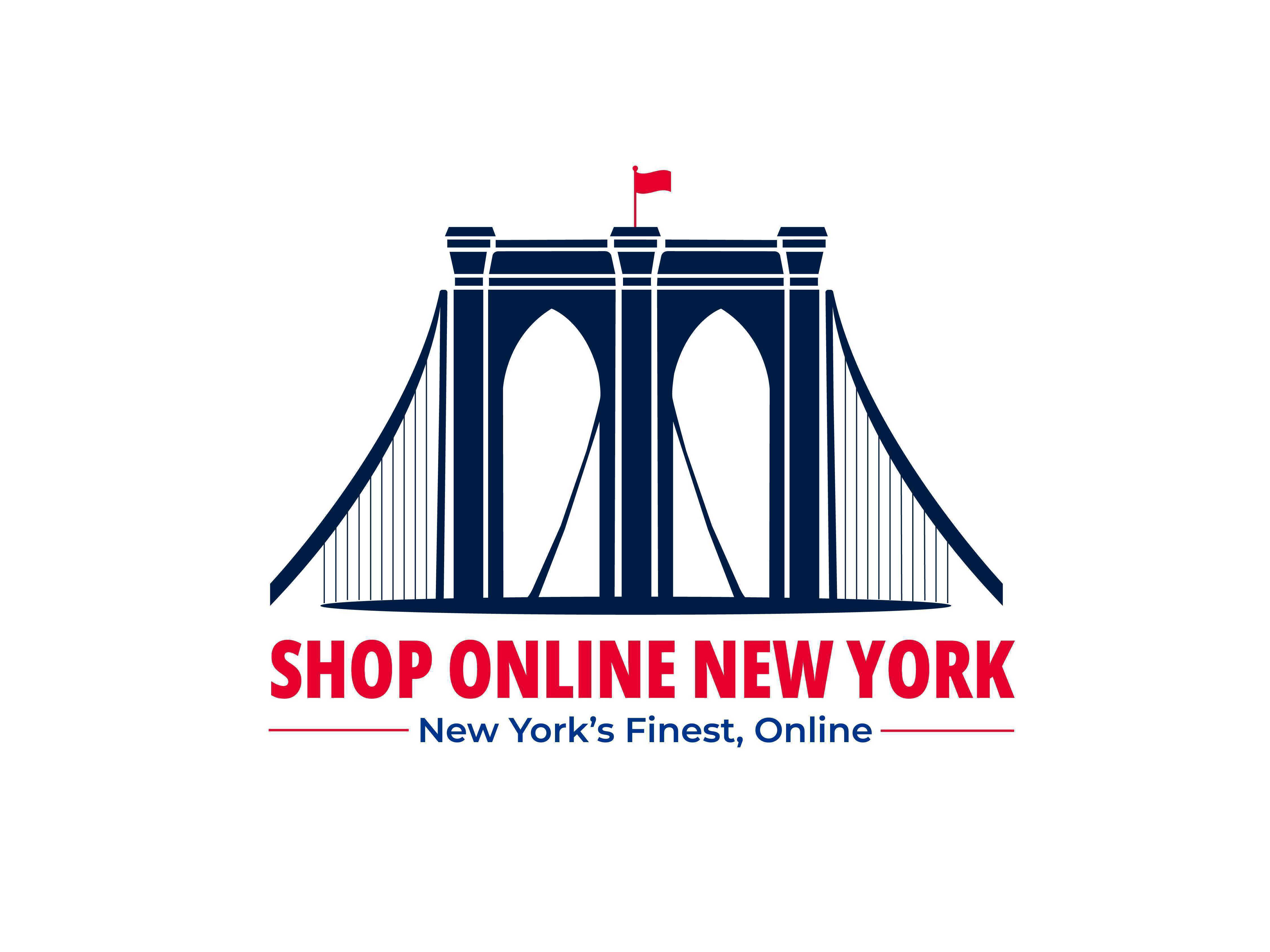PROJECT SCOPE
• Mot à Mot
• Date: October 2025 - Present
• Duration: Ongoing
• My Role: UX Researcher, UI Designer
• Methodology: Wireframes, User Testing, User Persona, Competitor Analysis
• Tools: Figma, Canva, Zoom
RESEARCH OBJECTIVE
• Mot à Mot is a digital notebook that focuses on language-learning.
• The purpose was to establish the features and opportunities that users would find most important and enjoyable while beginning to learn a new language.
• As most digital notebooks that are available are for general use, the priority was to pinpoint a niche area that many users would value.
WHAT WAS THE PROBLEM?
• When it comes to language-learning, users are not given very much options for note-taking software.
HOW MIGHT WE. . .
• Develop a conceptual design that will help users improve their language-learning experience?
COMPETITOR ANALYSIS
• -
• -
• -
INFORMATION ARCHITECTURE
• -
• -
• -
USER FLOW
• -
• -
• -
KEY TAKEAWAYS
• -
• -
• -



